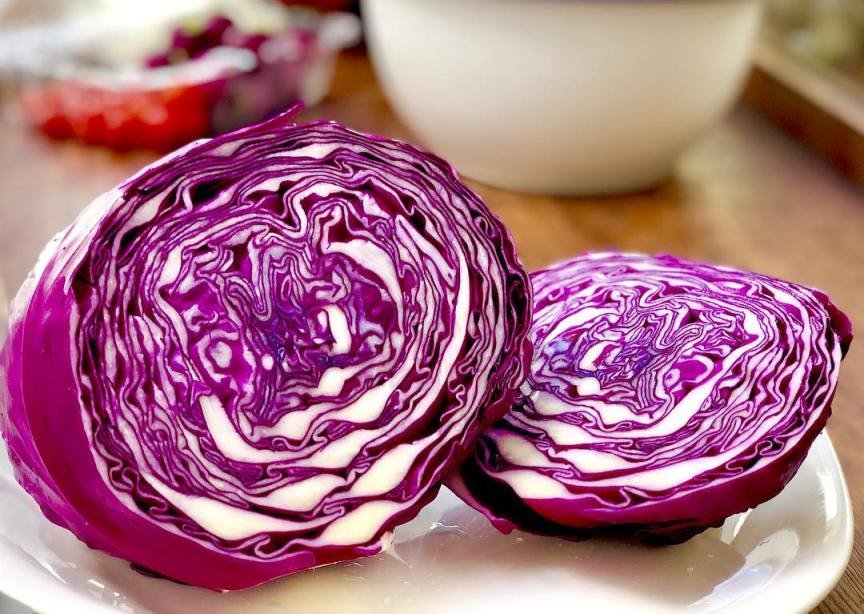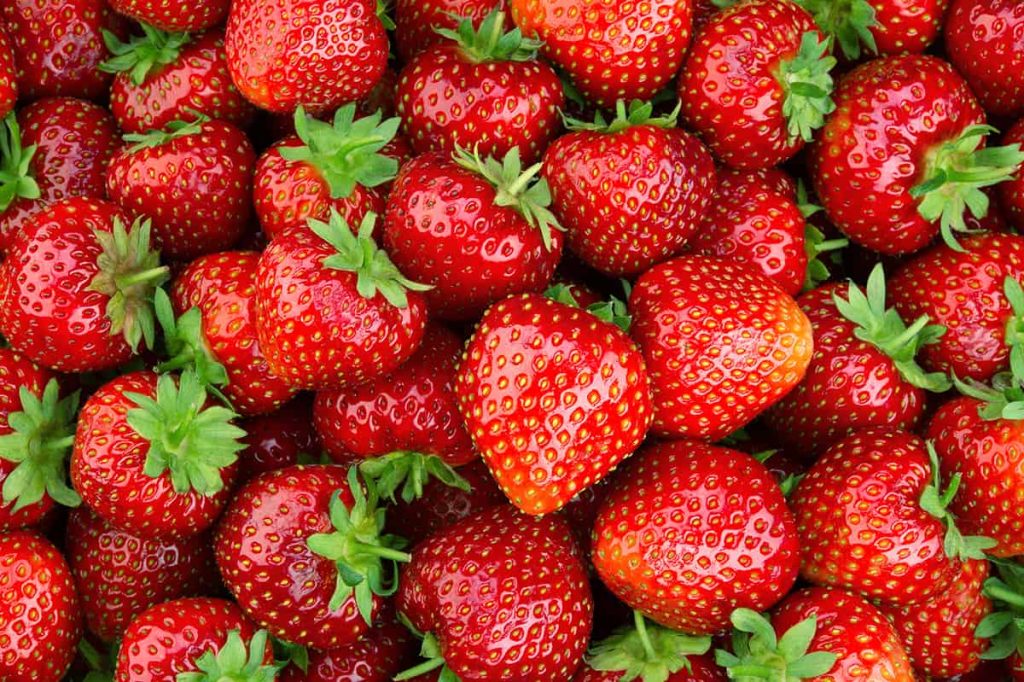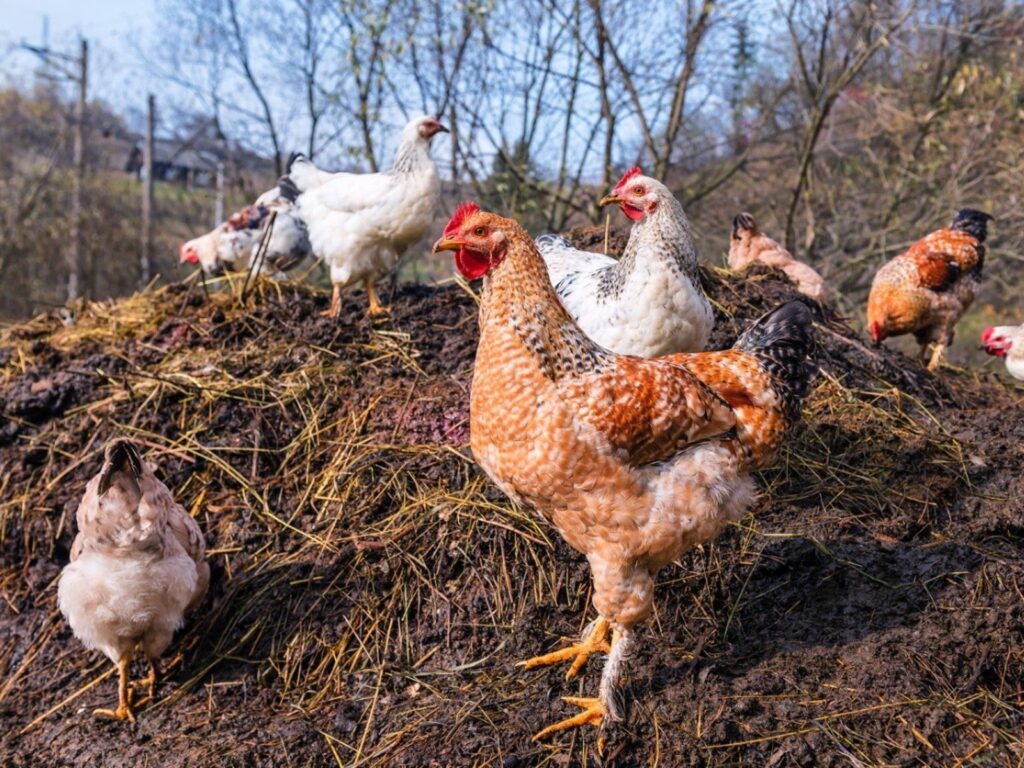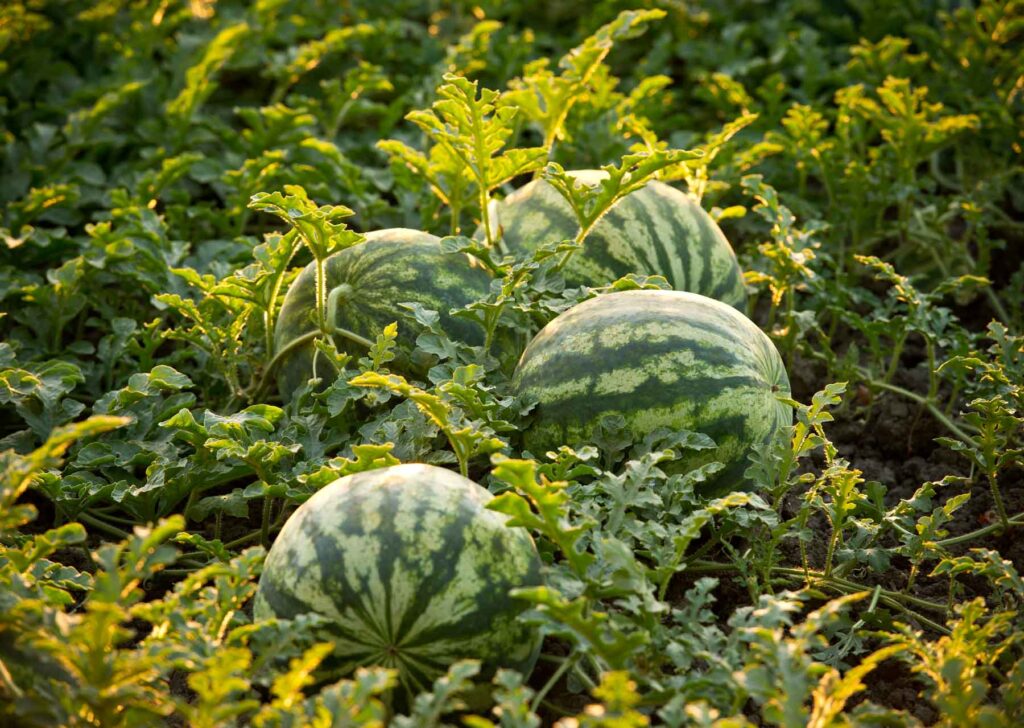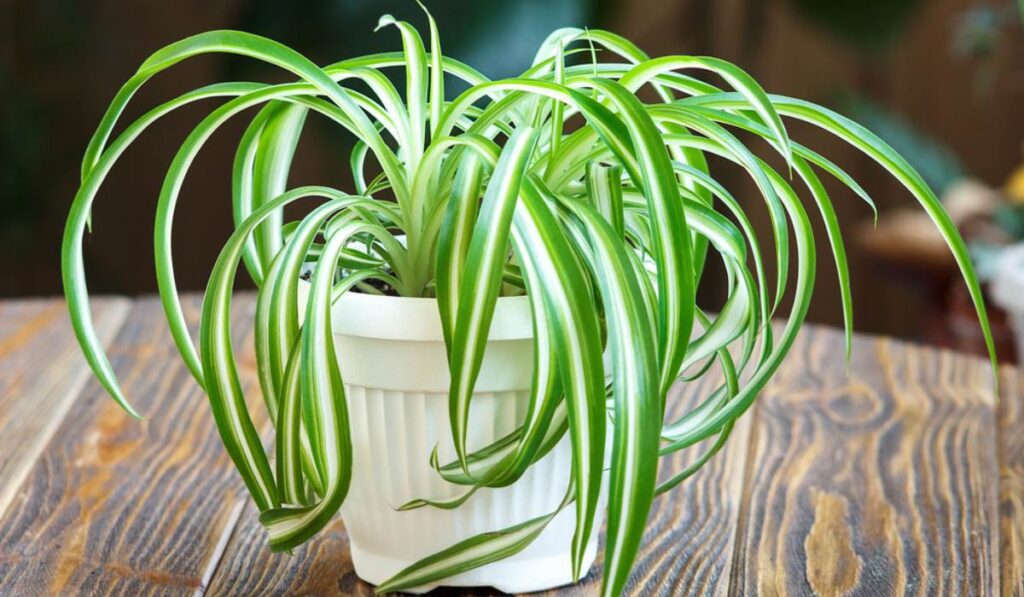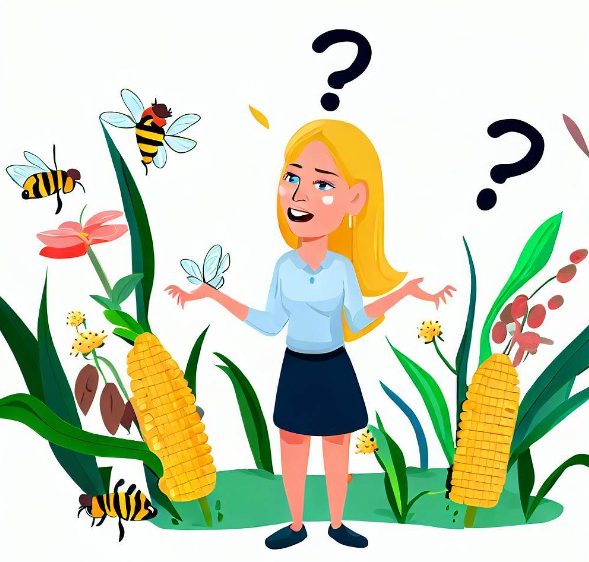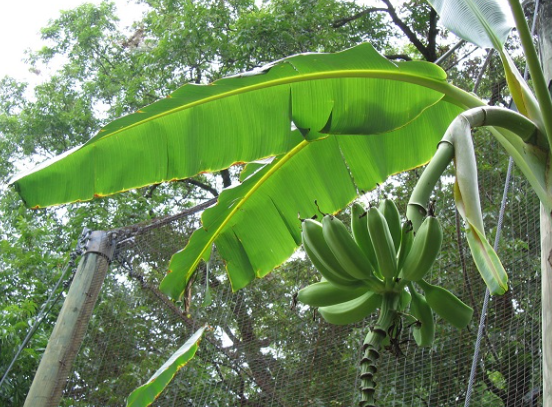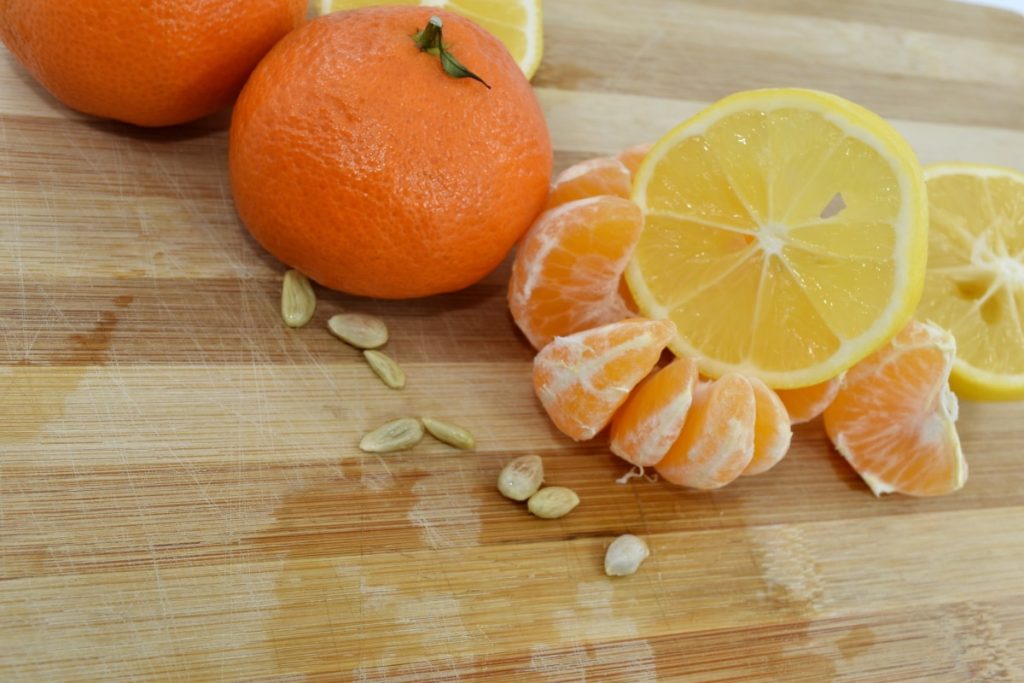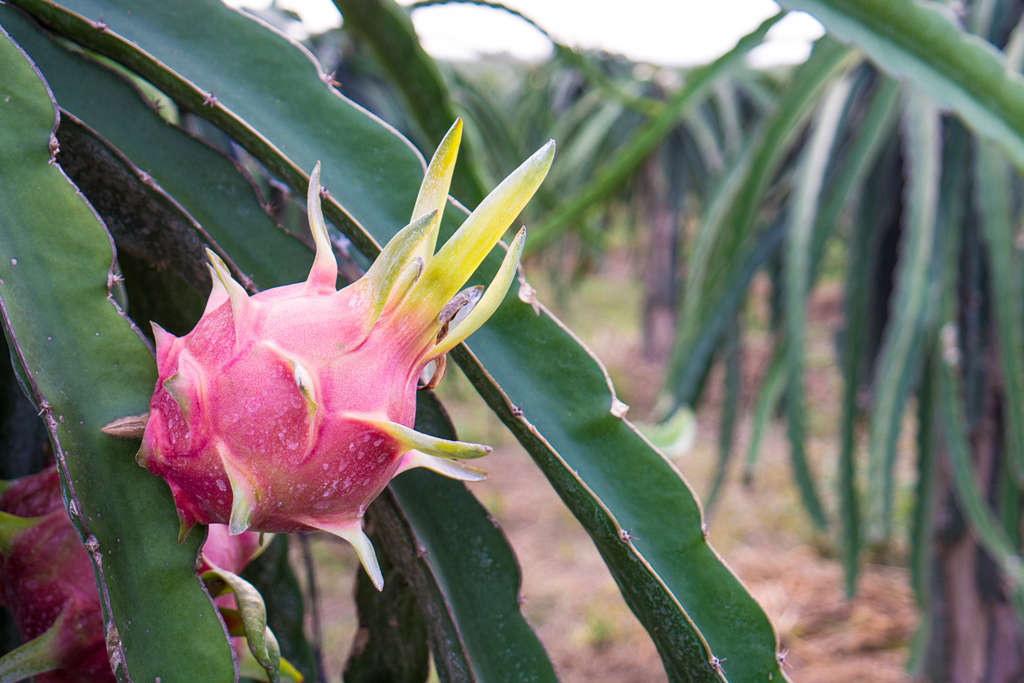Are you interested in growing your own cashew nuts from seeds? If so, you’re in the right place! It’s not only easy but also rewarding to grow cashews from seeds. In this article, we’ll guide you through the process step by step.
Cashew nuts are a tasty and versatile snack that can be used in many different kinds of dishes, both sweet and savory. The great thing is, you can grow them yourself using seeds from various types of cashew trees!
In this guide, we’re going to cover the basics of growing cashew nuts from seeds. By the end of this article, you’ll have all the info you need to start growing your very own cashews. Let’s begin!
Table of Contents
- Understanding What Cashew Nuts Are
- Planting Cashew Nuts From Seeds
- Step 1 – Choose Good Quality Cashew Seeds
- Step 2 – Prepare the Ground for Planting
- Step 3 – Seed Planting and Germination
- Step 4 – Look After Your Cashew Seedlings
- Step 5 – Keep an Eye on Pests and Diseases
- Step 6 – Water and Feed Your Trees as Needed
- Step 7 – Prune and train the tree
- Step 8 – Provide shade for young trees
- Step 9 – Harvesting and Storing Your Cashews
- Step 10 – Enjoy your cashews
- Tips for Growing Healthy Cashews
- FAQ
- How long does it take to grow cashew from seed?
- Can you grow cashews from raw cashews?
- How many cashews do you get from one plant?
- Are cashews easy to grow?
- How many cashews can one tree produce?
- Is cashew farming profitable?
- How long does a cashew tree take to grow?
- Do cashews need a lot of water to grow?
Understanding What Cashew Nuts Are
Cashew nuts are the edible parts of the cashew tree (Anacardium occidentale), a tropical evergreen that originally comes from Central and South America. The nut is found at the bottom of a part called the cashew apple, which isn’t a real fruit but rather a false fruit that holds the nut. Usually, cashew nuts are roasted or processed to make them taste better and increase their health benefits.
People enjoy cashews as a snack, and they’re also used in recipes due to their unique taste and high amounts of healthy stuff like fats, protein, vitamins, and minerals. These nuts are also turned into products like cashew butter and non-dairy milk alternatives, which are great for people who can’t have dairy or prefer not to.
Planting Cashew Nuts From Seeds
Step 1 – Choose Good Quality Cashew Seeds
The first and very important step is to find good cashew seeds for planting. You should look for seeds that are full, dark brown, and have a hard shell. Don’t pick seeds that are cracked or have holes, as they might not grow. Learn about different cashew tree types to pick one that’s best for your area and what you want from your harvest. It’s also a good idea to get a seed from a healthy, mature, and high-yielding tree, which increases your chances of a successful harvest.
When buying cashew seeds, make sure to get them from a trustworthy seller to ensure they are high quality and have been stored right so they can grow well.
By picking the best cashew seeds from a good source, you can feel pretty confident about growing a great cashew crop.
Step 2 – Prepare the Ground for Planting
Getting the ground ready for your cashew trees is crucial for a good crop. The best soil for cashews drains well and has lots of organic material. It should have a pH level of 6 to 7 – a little bit acidic to just neutral. Test your soil to see what it’s like and add lime or sulfur if you need to adjust its pH. Enrich the soil with organic compost or old manure to make it more fertile.
Also, clean up the area where you’ll plant by removing weeds, trash, or other plants that could take light, water, or food away from your cashew trees. Turning over the soil can make it looser and help with drainage.
When you’ve made the soil ready, you can plant each cashew seed in a hole that’s twice the size of its root ball and just as deep. Don’t put them in too deep. After planting, water the area and put mulch around to keep it moist and stop weeds from growing.
If you take the time to prepare your soil properly before putting the seeds in, your cashew trees should grow well and give you tasty nuts.
Step 3 – Seed Planting and Germination
The best time to plant cashew seeds is in the spring, which brings more rain and warmth. Make a hole for each seed that’s twice the width of the root ball and just as deep. The correct depth is important, so the seed won’t rot.
Mix soil with compost or old manure to fill the hole, then water it well and cover with mulch to keep the soil moist and free from weeds. Keep the soil damp but not soaking for the best growth. It usually takes about 2 to 4 weeks for the seeds to sprout and the young plants to poke through the ground.
Because cashew seeds have tough shells, some gardeners suggest soaking them in water for a day before planting. This can soften the shell, help the seeds drink in more water, and make it likelier that they will grow.
Step 4 – Look After Your Cashew Seedlings
Once the cashew seedlings show up, they need good care to grow well. This means regular watering, feeding, and keeping an eye out for pests or diseases.
When the trees are young, you should just barely keep the soil wet, but not too wet. The trees will need more water as they get bigger. It’s good to use a slow-release fertilizer when the tree is being planted, so it gets the nutrients it needs when starting to grow. Down the road, the tree might need more food as it gets older.
Always look out for bugs and sicknesses that could harm cashew trees, like mealybugs or black spot fungus. If you see any, deal with them fast.
Step 5 – Keep an Eye on Pests and Diseases
When you’re growing cashew trees, watch for pests and diseases that can hurt the tree. Ticks like mealybugs and scale bugs can mess up the leaves and branches if not taken care of. Use a special soap to get rid of mealybugs, and an oil to handle scale bugs.
Tree sicknesses like black spot and powdery mildew are also problems you might face. They can put black spots on leaves or a white powder on leaves and branches. These can be treated with chemicals that kill fungi.
It’s very important to check your tree often and act fast if you see any problems. If you catch issues early, you can stop them from getting worse.
Step 6 – Water and Feed Your Trees as Needed
Giving your cashew trees the right amount of water and food is vital for their health and how much fruit they make. Use a slow-release fertilizer to feed your trees and keep them properly watered. Remember, too much water can be bad, so it’s important to find the right balance. With the correct care, your cashew trees will grow strong and produce lots of tasty nuts for you to enjoy!
Add fertilizer to the soil when you plant to give the starting nutrients. Later, the tree may need more food as it gets bigger. Watch the soil and water the tree when the soil is dry, using a drip system or a hose that soaks the ground. This way, the soil won’t get too wet.
Use a fertilizer made for cashew trees. It has what the tree needs to grow and make tasty cashews.
Step 7 – Prune and train the tree
Cut and shape the cashew tree to keep it healthy and making lots of fruit. Teach the tree to grow so air moves well and sunlight reaches everywhere, to stop disease and bugs.
Cut off any branches that are dead or hurt. Sometimes, get rid of branches so air can move better. Take away suckers at the tree’s bottom because they take energy from the trunk.
If you prune and train your cashew tree the right way, it will grow strong, make fruit and have more cashews.
Step 8 – Provide shade for young trees
Little cashew trees can get hurt by too much sun. Keep them safe from getting burned or too hot. Use a sunblock cloth or plant other trees for natural shade.
Step 9 – Harvesting and Storing Your Cashews
Cashew trees start to have fruit after 3-5 years, usually at the end of summer. The cashew “apples” turn red or yellow when ready, and the nut is at the bottom. Pick the nuts when the fruit is all the way ripe. Let them dry in the sunshine to take away water before you open them.
Wear gloves when you take out the shells and clean any tools because there’s a bad oil called urushiol that can bother your skin. Keep the nuts in a sealed container in a cool, dry spot.
It feels great to eat cashews you grew yourself, but be careful with the raw nuts because they’re toxic. With the right safety steps, you can safely have fresh cashews from your garden.
Step 10 – Enjoy your cashews
After working on growing, caring for, picking, and storing your cashews, it’s time to eat and enjoy them. Eat cashews plain, roast them, or put them in food for a nutty taste. They’re also full of protein, vitamins, and minerals.
In the end, to grow cashews from seeds, prune and shape the tree for air and sun, give little trees shade, pick the fruit and nuts at the best time, store the nuts right, and enjoy your hard work.
Tips for Growing Healthy Cashews
Growing cashews is fun, and with these tips, you can make sure your tree stays healthy and has lots of fruit:
- Choose good, new cashew seeds from a trusted place – This makes seeds more likely to grow and keeps them strong and ready to plant.
- Make the soil ready before you put the tree in – Cashews like soil that drains well and is full of organic stuff. Mix in compost or poop to make the soil better and give the tree food to grow.
- Take good care of the tree – Good care means watering regularly, giving food, watching for bugs and disease, and cutting the tree to shape it right. For baby trees or ones you just planted, keep the soil moist but not soaked and use slow food when you plant. Older trees might need more food later.
- Protect young cashews from strong sun – Baby cashew trees don’t like too much sun, which can hurt them. So, give them shade with a cloth that blocks the sun or plant other trees near them for natural shade.
- Pick and store the nuts the right way – Cashew trees start to have fruit after 3-5 years, and you should pick it in late summer when it’s ready. To store the nuts well, put them in a tight container away from light, heat, or wetness because these things can make them go bad fast.
With the right care, you can grow your own cashews from seeds and enjoy their yummy taste.
